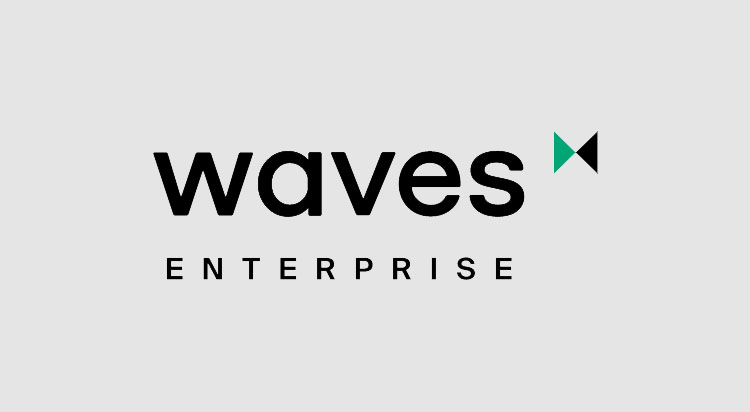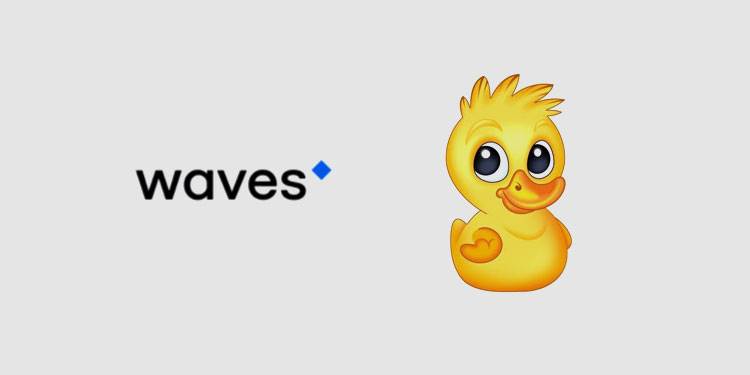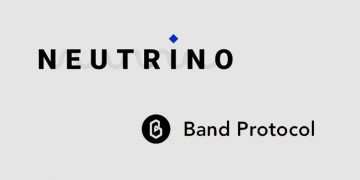Waves Enterprise, an extension of Waves technologies, built specifically for the global needs of the corporate and public sectors, announced today the release of a major network upgrade. Version 1.0 rolls out significant improvements and updates to the platform.
The Waves Enterprise platform was launched earlier this year to address the unique needs of enterprise blockchain adoption, The high-performance network features private and hybrid blockchains, multiple encryption modules, and containerized smart contracts written in any popular programming language.
The VST token, which operates as the native asset for the network, was also recently renamed WEST: Waves Enterprise System Token. Further, the total supply of WEST has now been reduced from 1 billion to 400 million, without the need for any further changes to the protocol.
This flagship release sees several key features deployed and important new functionality for enterprise customers:
Authorization Service
The platform has implemented authorization services to achieve enterprise-level security under the OAuth 2.0 specification. New features include:
- Previously, the Waves Enterprise API was open and anyone could use it. Now, users need to log in before using the API. This is a measure taken to increase security.
- Multiple accounts are now supported (i.e. many blockchain addresses) under one login-password. This is designed to make the platform more convenient to use.
- Node administrators can now control the keys that are included in the keystore (which do not have a seed phrase) from the client app.
- A single Waves Enterprise account can now be used across all services. This feature will soon be made available with the coming release of personal account functionality, where it will be most useful.
All of this functionality can also be integrated with other Waves Enterprise services.
Containerized Smart Contracts – Improved Performance
- It is now possible to execute hundreds of contracts per minute. These are not simple scripts, but very extensive sets of instructions. The Waves Enterprise team recently published an article about face recognition, which utilizes a neural network library.
- Version 1.0 also features updated mechanics of processing requests by nodes in the Waves-NG protocol.
Performance test results including the methodology used, is soon to be released. The Waves Enterprise platform is striving to place 600,000 records per hour into a contract.
Ability to Update Containerized Smart Contracts
- This release makes it possible to seamlessly update contracts, without causing unnecessary problems with maintaining the security of the state.
- Versions will be updated automatically, so fraud is not possible.
Improved Stability for PoA and PoS Consensus Algorithms
In the case that the load on the network exceeds the maximum allowed, the blockchain retains consistency, Waves Enterprise removes restrictions on blocks inherited from the parent network (Waves Platform). Recent tests conducted at the maximum load confirmed stable operation for a period of several weeks on a geographically distributed cluster spanning 13,000 kilometers.
Increased Blockchain Speed
Nodes with the following characteristics operate stably: 2 cores, 8 GB RAM. The network creates a block of 2 MB every 12 seconds, with up to 10,000 transactions per block and micro blocks every 500 milliseconds. The bandwidth of the Waves Enterprise blockchain network is 8 Mbit/s, which is 1 MB/s. The blockchain is like a data bus. Bandwidth can be expanded up to 2 MB/s, like Cosmos.
Added Interface to Work with API and Updated SWAGGER, With Documentation
- All templates were filled out.
- Increased speed of integration and made the process easier. All methods are provided with examples to simplify integration.
Forthcoming UI features
In the next Waves Enterprise release, additional features in the client interface will be implemented including:
- All private transactions will be displayed in the interface.
- The client will have a tab that will display the status of anchoring, errors, and filters.
- Users will have information about anchoring in in the personal account.






















